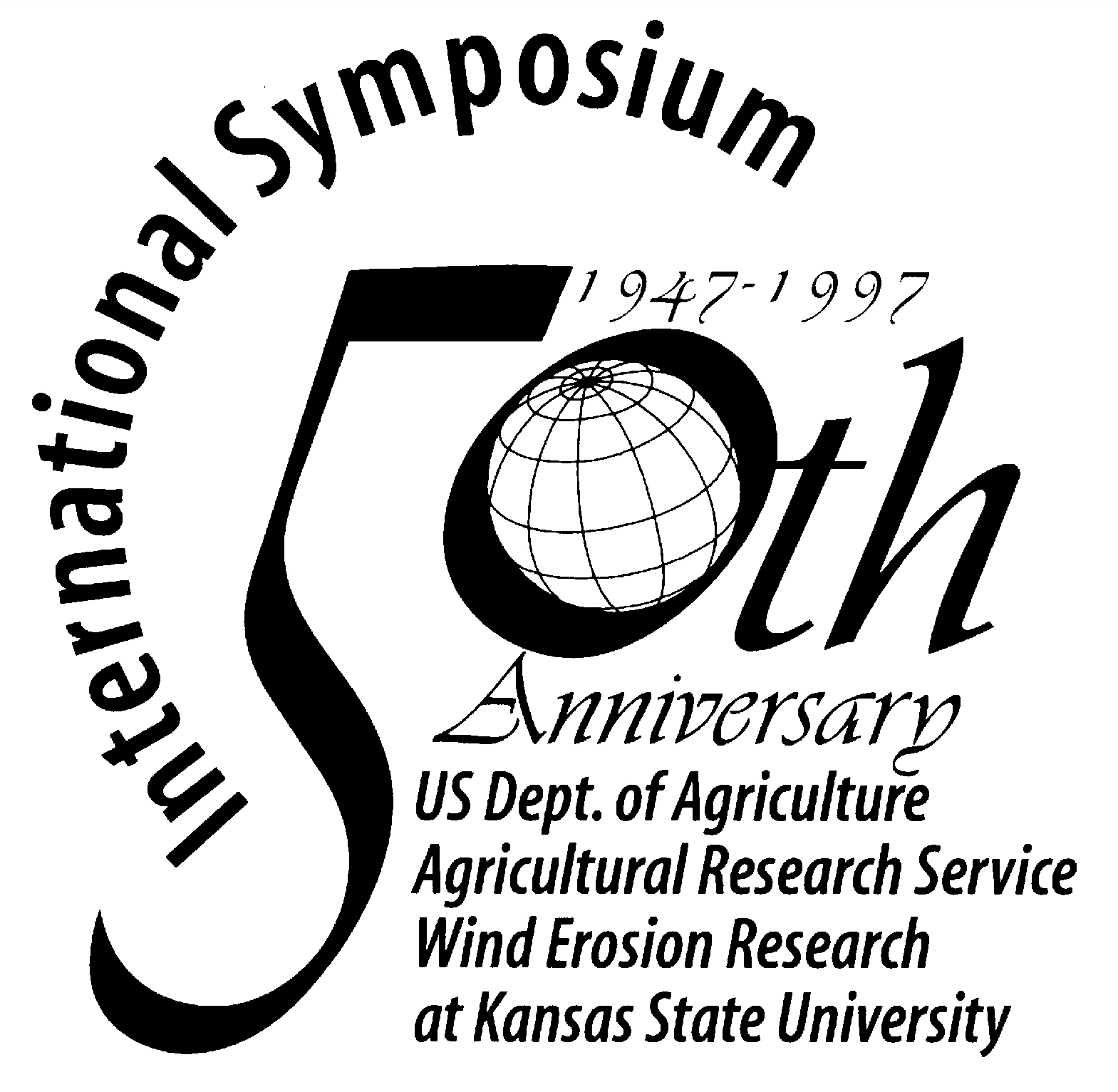|
Wind Erosion Prediction System (WEPS): Overview
Larry E. Wagner, Ph.D.
Abstract
The Wind Erosion
Prediction System (WEPS) is a process-based, daily time-step, computer model that predicts
soil erosion via simulation of the fundamental processes controlling wind erosion. WEPS
can calculate soil movement, estimate plant damage, and predict PM-10 emissions when wind
speeds exceed the erosion threshold. It also can provide the user with spatial information
regarding soil flux, deposition, and loss from specific regions of a field over time. WEPS
is intended to replace the the predominantly empirical Wind Erosion Equation (WEQ)
(Woodruff and Siddoway, 1965) for conservation planning, assessing wind erosion for
USDA-NRCS's National Resources Inventory (NRI), and aiding the development of regional and
national policy.
WEPS modular design is amenable to incorporation of
new features. Thus, WEPS is expected to be used for estimating long-term soil
productivity, determining physical damage to crops, depositional loading of lakes and
streams, and estimating visibility reductions near airports and highways. WEPS will also
aid in calculating both on-site and off-site economic costs of erosion and assess impacts
of management strategies on public lands when used in conjunction with other models. |




